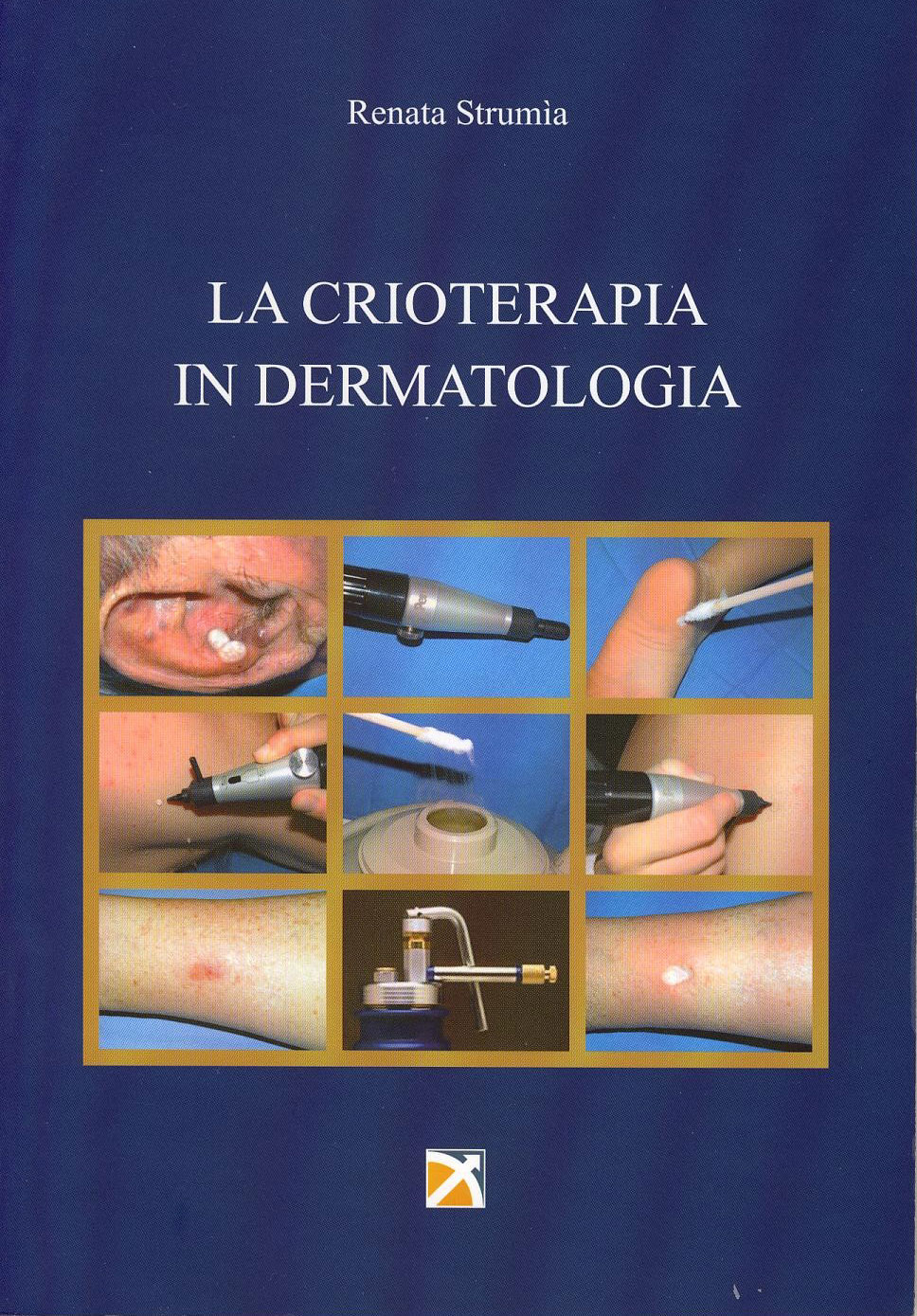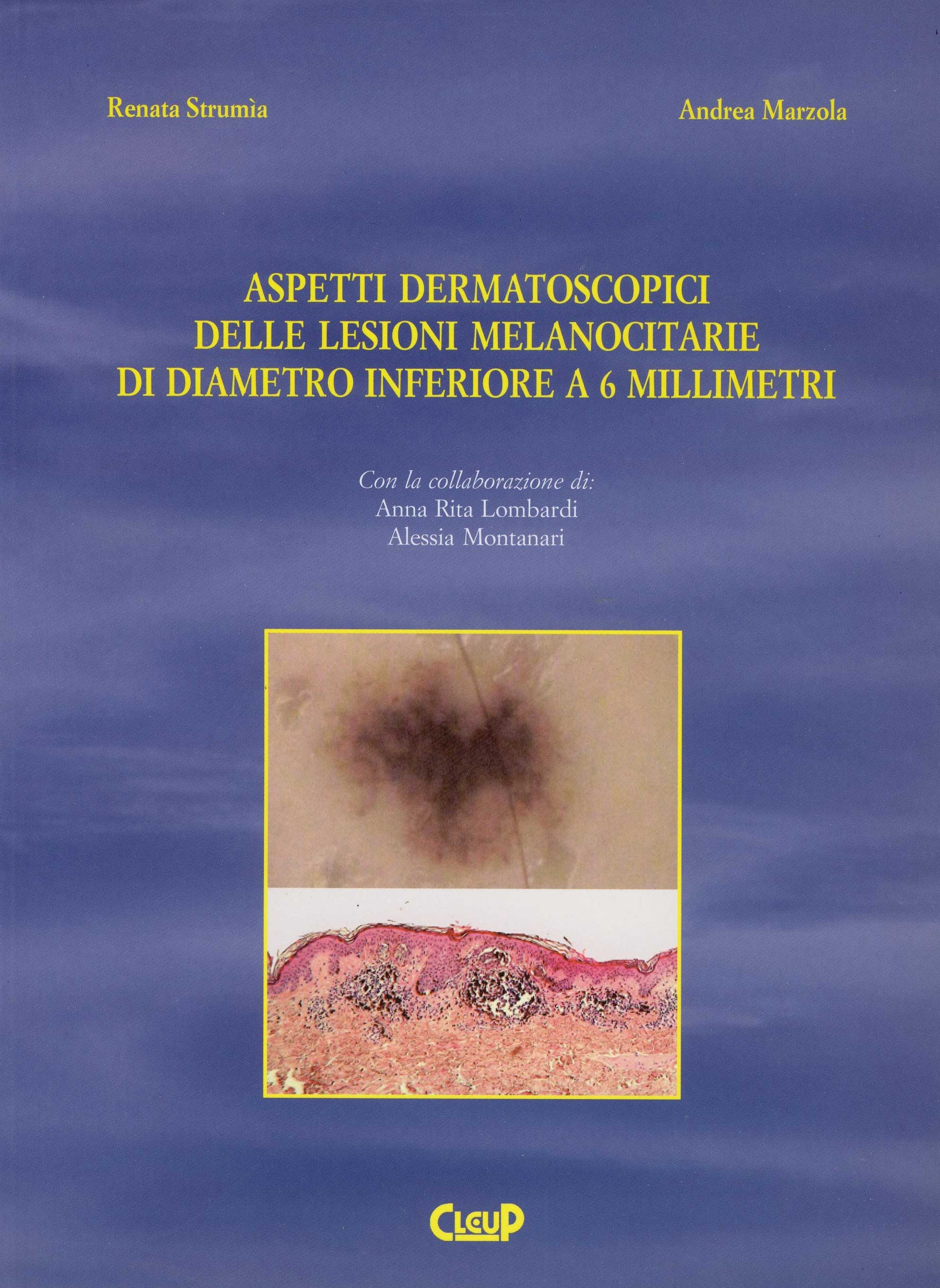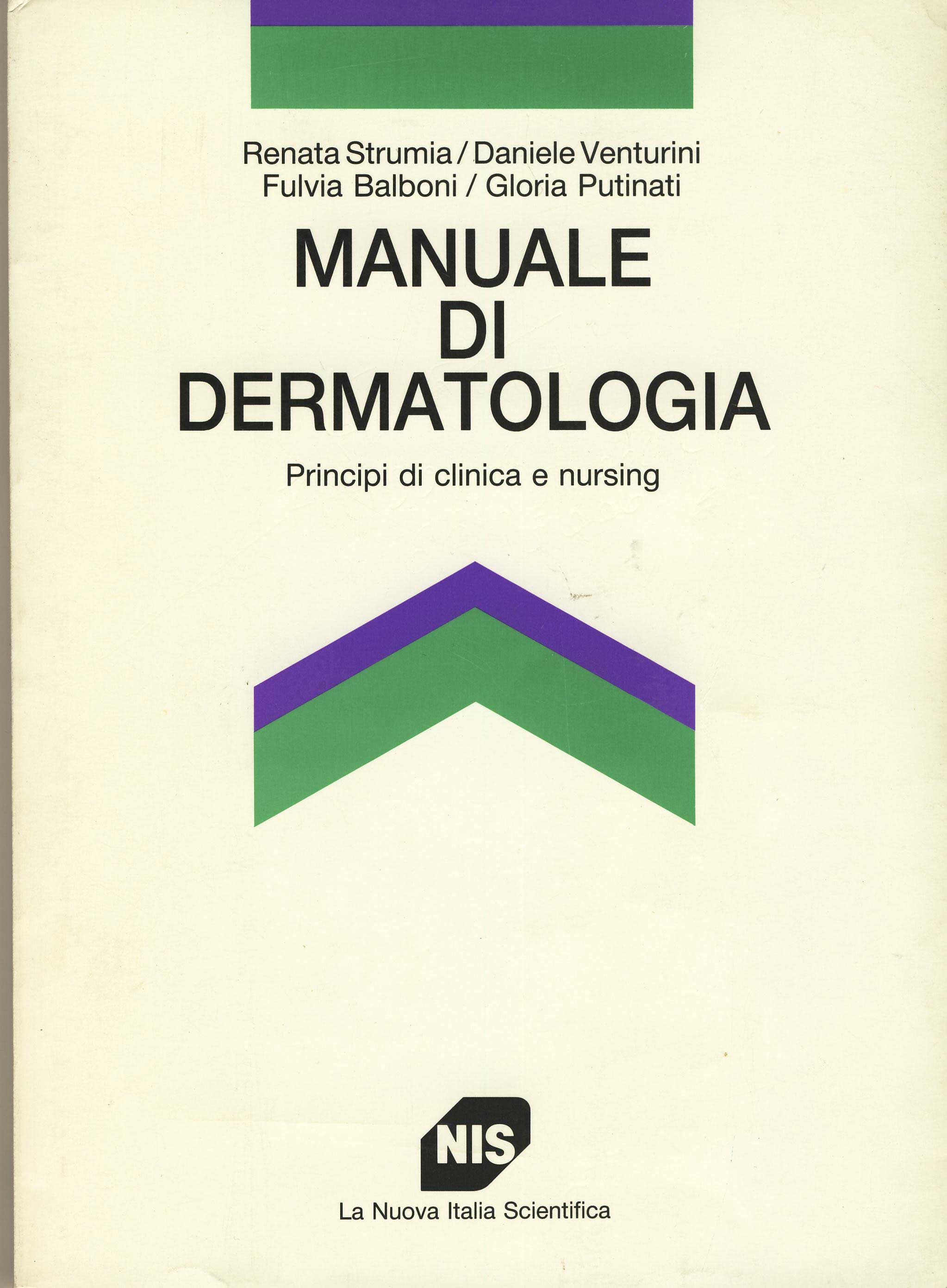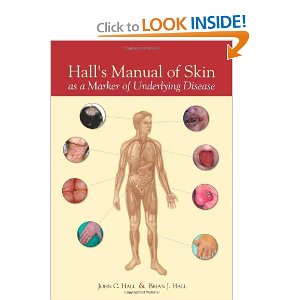Stop, look, and learn with us as we gather information through
the mirror called the skin. The skin has much to tell us about
where to look for illness, how grave that illness may be, and
what strategies for therapy might be most advantageous. The skin
is also the organ most easily accessible for obtaining tissue
for pathological examina¬tion, culture, and examination of
debris. These tools will also be discussed and expanded upon.
This book classifies the skin conditions from the standpoint of
organ involved as well as specific disease. The text makes use
of many illustrations and photographs

Identifies and
discusses the characteristic skin signs that will enable a
dermatologist to identify an otherwise hidden eating disorder
Documents typical changes in the hair, nails, and oral cavity
Written by the foremost experts in the field
Table of contents
Classification of Eating Disorders.- Epidemiology of Eating Disorders.- Medical Complications. Treating Eating Disorders in Primary Care.- Endocrine Abnormalities in Eating Disorders.- Nutritional Status and Immunocompetence in Eating Disorders.- Skin Signs Due to Starvation.- Skin Signs Due to Self-Induced Vomiting.- Skin Signs Due to Abuse/Misuse Of Drugs.- Skin Signs Due to Psychiatric Morbidity.- Dermatologic Findings in Anorexia and Bulimia Nervosa of Childhood and Adolescence.- The Anorectic Hand”.- Hair in Eating Disorders.- Nails in Eating Disorders.- Oral Status in Eating Disorders.- Dissatisfaction With Skin Appearance Among Patients With Eating Disorders.- Aging-Related Concerns and Body Image: Possible Future Implications for Eating Disorders.- Pain Sensitivity in Anorexia Nervosa and Bulimia Nervosa.- The Effect of Anorexia Nervosa on Skin Thickness, Skin Collagen And Bone Density.- Adipose Tissue Distribution After Weight Restoration and Weight Maintenance in Women With Anorexia Nervosa.- Conclusions




